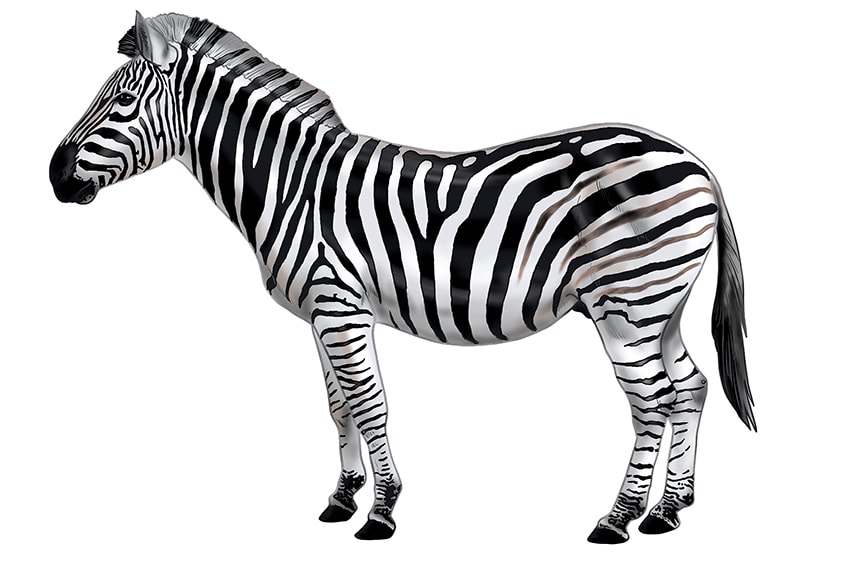
Zebras are unique and fascinating creatures that belong to the Equidae family, which also includes horses and donkeys. Native to Africa, zebras are known for their distinctive black and white stripes, which set them apart from other wildlife species. These stripes are not just for show, but have been theorized to serve several important functions, such as camouflage, social interaction, and protection from insects. The three main species of zebras—the Plains zebra, Grevy's zebra, and the Mountain zebra—each have slightly different stripe patterns and inhabit varying environments across the African continent.
The zebra's stripes are one of its most striking features, and their purpose has long been a subject of scientific debate. One widely accepted theory suggests that the stripes help camouflage zebras in the wild, blending them into the grasslands or woodlands they inhabit. The vertical and horizontal patterns could confuse predators, making it difficult for them to single out one zebra from the herd. Another theory posits that the stripes may help regulate the zebra's body temperature by creating convection currents in the air around them, thus allowing them to stay cool in hot climates.
In addition to camouflage, the zebra's stripes play a crucial role in social bonding and communication. Zebras are highly social animals and live in large herds, often led by a dominant male. Their stripes, which are unique to each individual, allow zebras to recognize one another. This individual identification helps zebras maintain social structure and relationships within the group. The stripes are also thought to play a role in signaling emotions or intentions to other members of the herd, further enhancing group cohesion and cooperation.
Zebras are herbivores, and their diet primarily consists of grasses, leaves, and bark. They are well-adapted to grazing on the savannah, with their specialized teeth that are designed for grinding tough vegetation. Despite their peaceful grazing habits, zebras face numerous challenges in their natural habitat, including predation from large carnivores like lions, hyenas, and wild dogs. Their speed and agility, however, help them evade predators, as they can run at speeds of up to 65 kilometers per hour. When threatened, zebras will often use their strong kick to defend themselves.
Habitat loss and poaching are two significant threats to zebra populations, particularly for the Grevy's zebra, which is classified as endangered. The encroachment of human settlements and the conversion of land for agriculture have led to a decline in their natural habitats. Additionally, hunting for their skins and meat continues to threaten zebra numbers. Conservation efforts are crucial to preserving these iconic animals, and many organizations are working to protect their habitats, enforce anti-poaching laws, and educate the public about the importance of zebra conservation.
In conclusion, zebras are remarkable animals with fascinating behaviors and features that distinguish them from other species. Their unique striped coats not only make them visually striking but also serve a variety of practical functions in the wild. However, like many species, zebras face numerous challenges that threaten their survival, making conservation efforts more important than ever. By understanding and appreciating the role zebras play in their ecosystems, we can work toward ensuring that these iconic animals continue to thrive in the wild for generations to come.